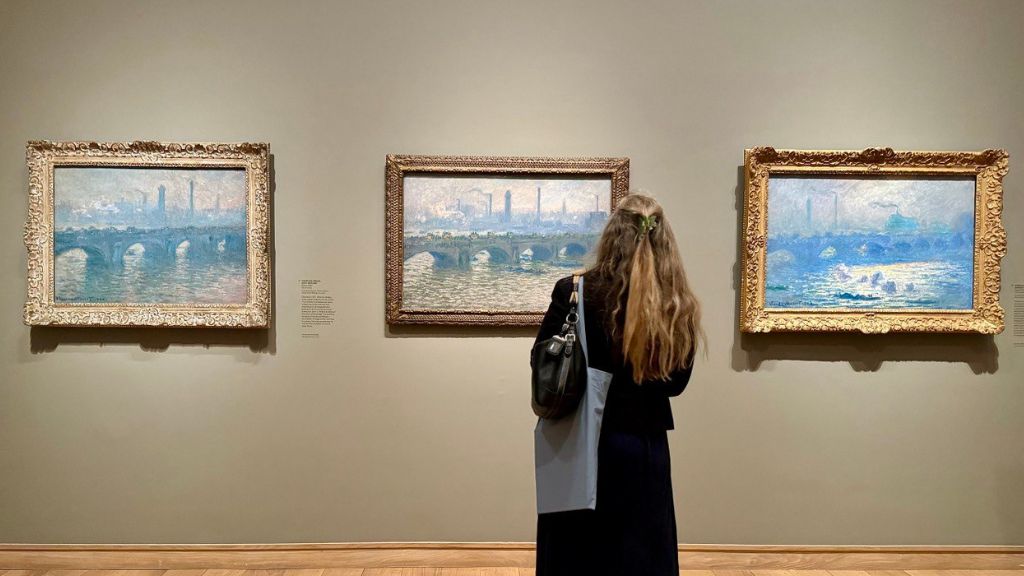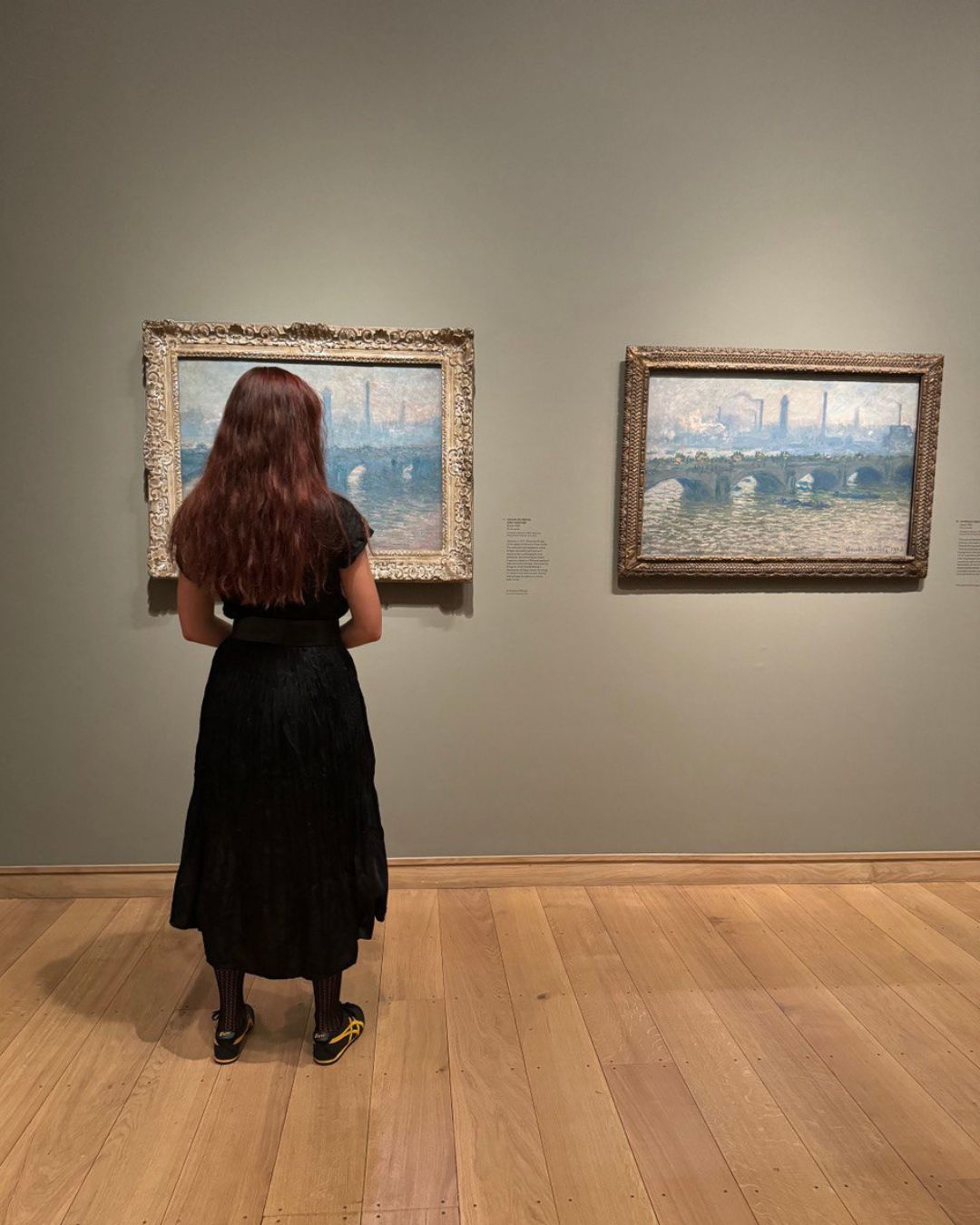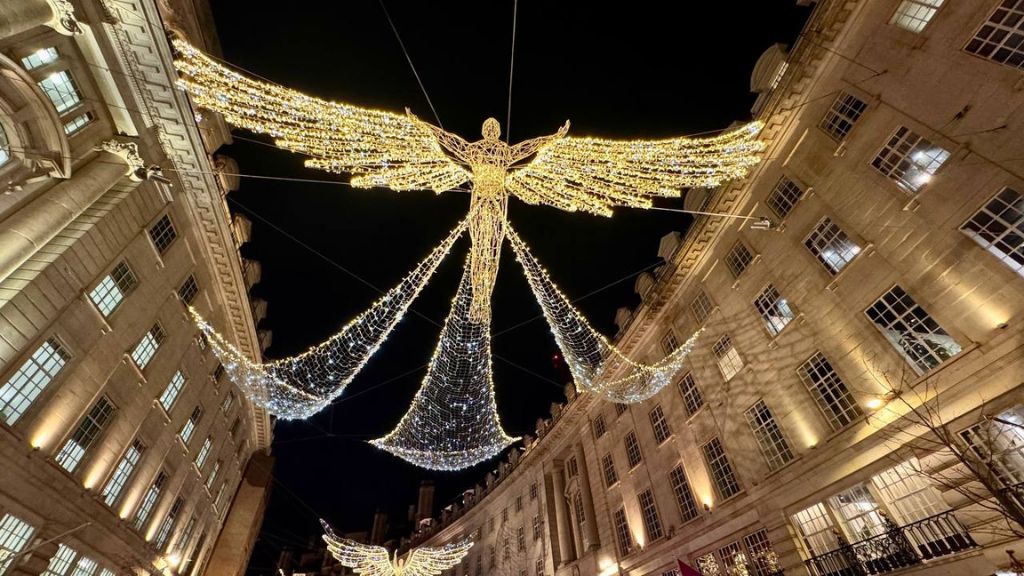
Impressions of the Thames: Claude Monet’s vision reunited at The Courtauld Gallery
In 1852, Charles Dickens famously wrote: “Fog everywhere. Fog over the river, where it flows among green fields and meadows; fog down the river, where it rolls defiled among the rows of ships and the waterborne pollution of a great (and dirty) city…”. Just 47 years later, the French Impressionist Claude Monet (1840–1926) plunged into this fog-bound world of sunsets, transforming the grim industrial landscape of London into an endless canvas of soft hues and romantic motifs. During three extended visits in 1899, 1900, and 1901, he created a collection of unique views of the mighty River Thames, reinterpreting not only his own artistic vision but also redefining the entire Impressionist movement. These London works would later inspire other masterpieces, such as the iconic “Water Lilies.” Afisha.London magazine has already previewed the exhibition “Monet and London: Views of the Thames” and is eager to share its artistic insights.
Monet first came to London while fleeing conscription during the Franco-Prussian War. The city and English landscape painters left an indelible mark on him: here, he studied light in its various forms—snow, fog, sunlight—and created his first London paintings. Monet would return to London several times in search of the views that had ignited his creative spark. During one of these visits, while his son was studying English, Monet stayed at the Savoy Hotel, which, by a fortunate coincidence, is located right next to the Courtauld Gallery, where the exhibition “Monet and London: Views of the Thames” is now being held. It was during this stay that Monet began his series “London Fog,” inspired by the view from his hotel balcony.
Monet focused on three key points: Waterloo Bridge, the Houses of Parliament, and Charing Cross Bridge. Londoners know how changeable the city’s weather is, allowing the artist to capture only the essence of the moment, after which he would add his own vision to the landscape, letting his imagination run wild. Although the paintings depict different times of day, Monet included a recurring motif in his series—the sun, or as he liked to call it, the “little red ball.” Emerging through the fog, the warm colours contrast with the hazy atmosphere, creating a striking yet harmonious effect.
- Photo: Margarita Bagrova
- Photo: Margarita Bagrova
The exhibition not only reveals Monet’s ambitions but also showcases his deep connection to the capital and the river. His perfectionism reached new heights in anticipation of the 1904 Paris exhibition, which garnered rave reviews. From nearly 100 views, Monet meticulously selected 37 to present to the public. He later reclaimed the few remaining unsold paintings, refining and even reworking some of them. Monet was in constant pursuit of his “foggy” pinnacle, a journey that ultimately led to his resounding success. He had intended to showcase his series of Thames views once more, this time in their original setting—London.
However, when Monet attempted to reclaim his works, their immense popularity made it impossible for buyers to part with them—even his own art dealer refused to lend the pieces he had acquired for himself. It took 120 years for Claude Monet’s vision to be fully realised, thanks to the tremendous efforts of the curators at the Courtauld Gallery. In this unprecedented exhibition, the gallery has successfully reunited 21 works from the London series, some of which were featured in the original 1904 exhibition, while others are later reworkings. This unique collection allows viewers to compare and contrast Monet’s evolving artistic approach.

Photo: © Fergus Carmichael
The exhibition is located on the third floor of the gallery, where two rooms immerse the viewer in a sea of purple and blue fog—the very atmosphere that Monet particularly favoured. In one of his letters to his art dealer, he wrote: “I so love London! But I only love London in the winter. In the summer, it’s pleasant, with its parks, but it’s nothing compared to what happens in the winter when there’s fog. Without the fog, London wouldn’t be a beautiful city.” And indeed, his interpretation of that era, filled with murky air and polluted skies, could not look more stunning. What is now considered a time best left in the past was once the defining feature of London. This “smog,” which has since vanished, attracted creative minds and artists, and, fortunately for the world, among them was Claude Monet.
Watch our video about the exhibition in which we talked to the curator Dr Karen Serres:
“Monet and London: Views of the Thames”
The Courtauld Gallery
From September 27, 2024, to January 19, 2025
Cover photo: Margarita Bagrova
Read more:
Fulfilling an artist’s dream: a Van Gogh exhibition opens at the National Gallery
Somerset Maugham: writer, secret agent in Russia, and favourite of the Soviet intelligentsia
SUBSCRIBE
Receive our digest once a week with quality Russian events and articles









